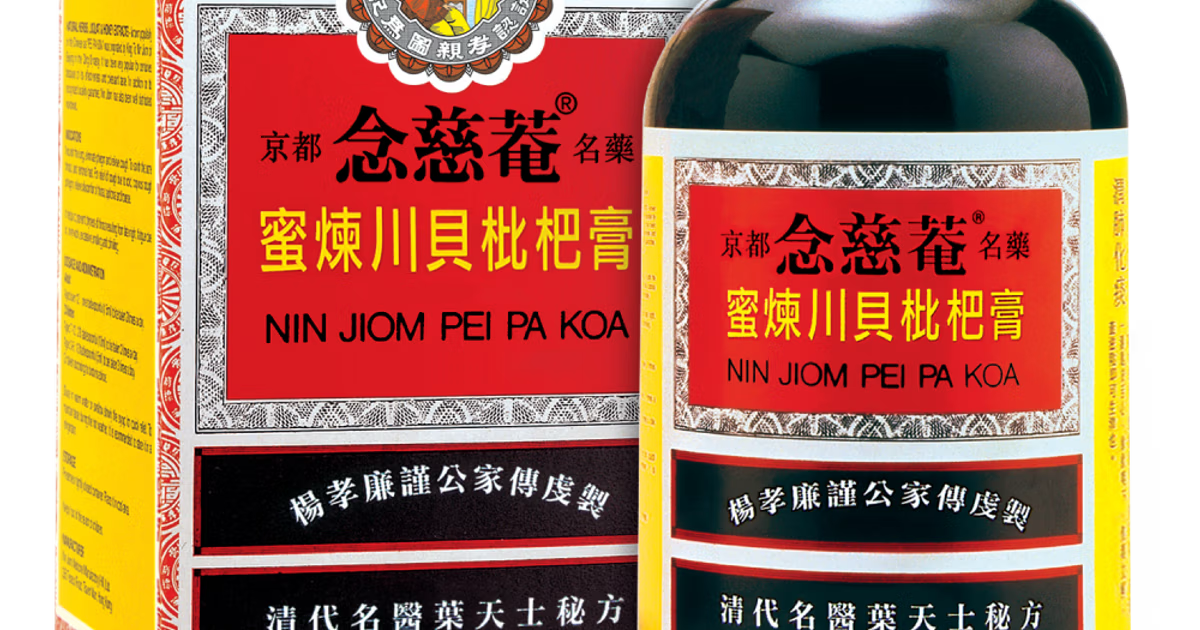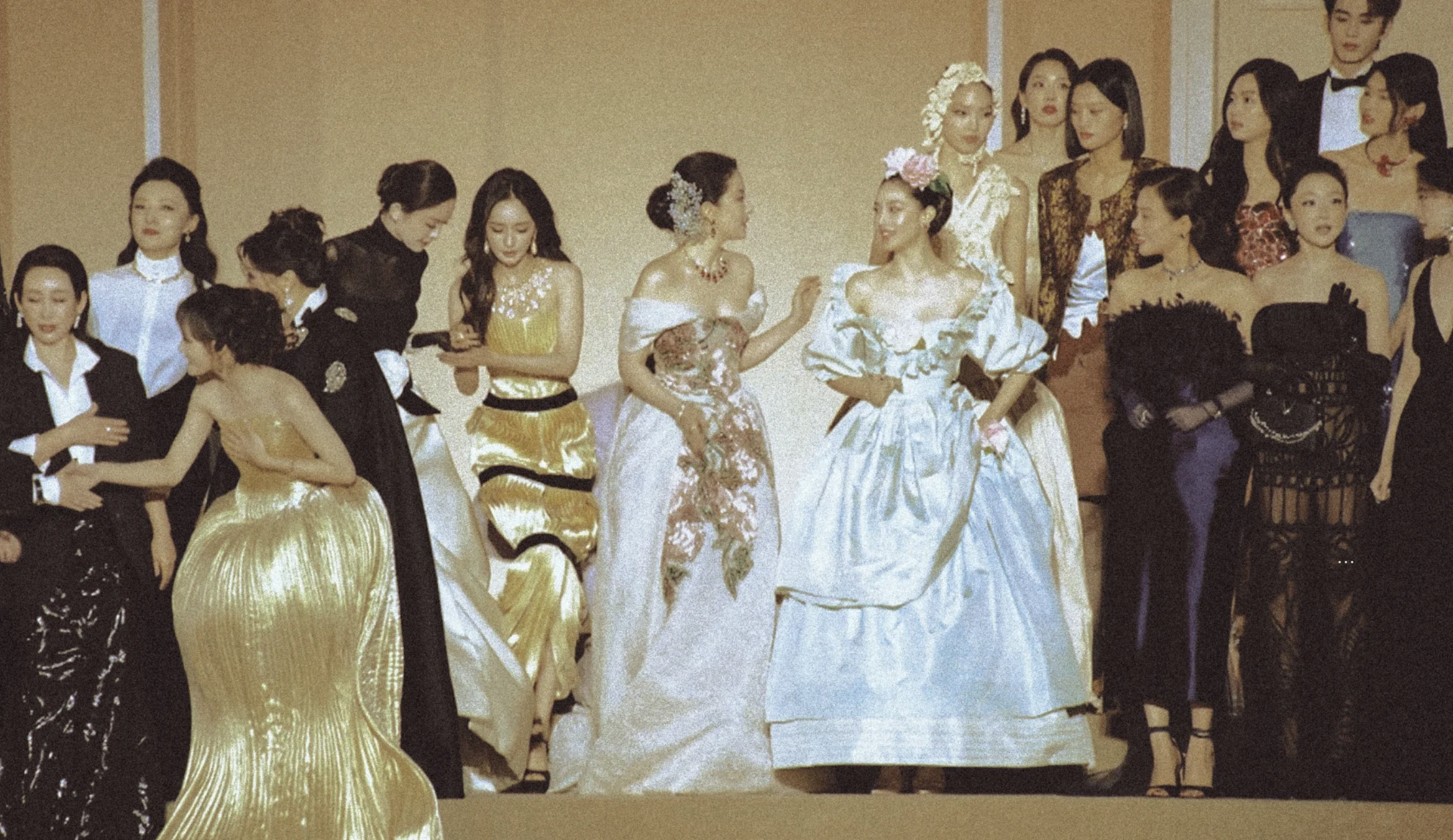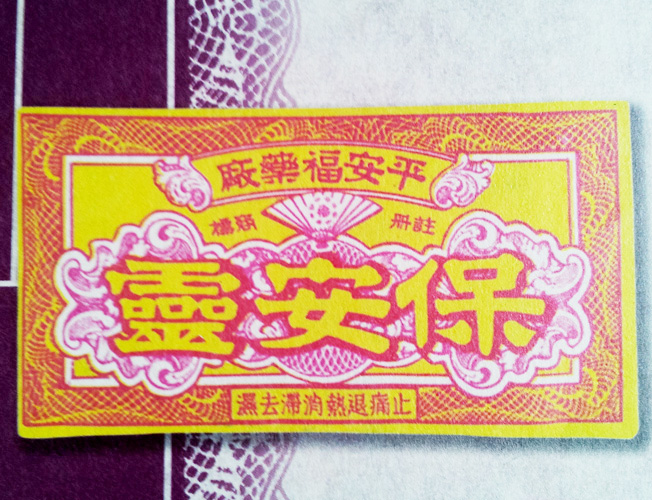I was in Taipei last week on a visa trip outside the mainland. We were sitting in a circle on the floor, in the apartment of a tenuously connected new friend, when I heard someone say “betelnut” for the first time.
What is it? Betelnut, areca nut, or what Taipei locals call bing lang (槟榔), has been around for thousands of years and doesn’t look ready to leave soon. The nut grows all over the tropical Pacific, where people chew it medically and recreationally for its natural psychoactive ingredients, the most important being arecoline. Consuming the nut in any of its forms gives the user a warm, stimulating buzz, making it a product of choice with taxi drivers, long-haul truckers, and other workers who rely on the nut to make it through long shifts.

Betelnut seller in Taiwan packaging product (Flickr: bignosetw)
In Taiwan, the common form of consumption, and the one we purchased at a run-down roadside booth, is the fresh nut, still green, wrapped in betel leaf for flavor. Slaked lime collected from seashells tops it off, and keeps the alkaloids chemically available for absorption. Traditionally, Taipei has been a hotspot for the distinctly Taiwanese phenomenon of “betelnut beauties” – young, marginally-clothed women who sell bags of the product from neon-lit windows. What started as a successful marketing strategy for a single countryside betelnut outlet in the 60’s grew into a nationwide trend. Up until the 2000’s, betelnut beauties were a reliable sight at major intersections across the country. Eventually lawmakers realized their minimal dress marked them out for exploitation, and by the end of the first decade of the new millennium, betelnut beauties were all but extinct. We pulled out a fifty New Taiwan Dollar coin (about $1.65) and handed it to the fully dressed middle-aged woman who operated the booth, in exchange for a plastic bag full of betelnuts.
We felt the best way to put this experience down into words was in the form of a time trial betelnut challenge. I’m going to set a timer for fifteen minutes, and chew three consecutive betelnuts at a rate of one nut per five minutes. For context, you should know that chewing this stuff generates a bright red blood-like liquid that you have to spit out (another reason government bodies have been trying to curb its popularity). Also it’s carcinogenic. So while you’re reading this, imagine me sitting on my bed, spitting betelnut juice out into a bucket and giving myself cancer. Ready? Let’s go.

Nut one of three
Nut Number 1 (0:00)
I bite into the nut. It’s got a surprisingly peppery, fresh kind of spice to it, which I suspect is mostly the betel leaf it’s wrapped in. Immediately, juices begin to seep out of the cracked husk and into my mouth. I spit the red blood into the bucket, wondering where it all went wrong for me. Soon my lips and gums start to tingle, and then lose feeling. I am relaxed. The relaxation spreads from my gums to my shoulders and chest. I can see how people could get into this.
Nut Number 2 (5:00)
I spit out the first nut and pop in the second. The worn, crushed husk is replaced by the sharp fresh bite of a new nut. Almost immediately, my pleasant feeling of relaxation is joined by nausea. I realize that I’m chewing at an incredible rate, squeezing more and more arecoline juice out of the nut. My legs sink down into my bed and stay there. My whole body, I notice, is feeling warm, slow, and numb. I give a lackluster effort at conversation, tossing over some description of the sensation to my friend Stewart, who is also chewing a betelnut out of sympathy. He doesn’t understand, as I am already on my second nut, and too far removed to communicate effectively. That was the last go we had at a conversation.
Nut Number 3 (10:00)
Who picked these nuts? I start trying to picture the Taiwanese farmer who brought this sensation down on me. I chew my nut in silence, sinking deeper and deeper into the fibers of my Taobao mattress. What music is this? It’s definitely too trippy for three nuts deep. As my movement gets infinitely slower, my chewing only speeds up. I’m squeezing too much juice out of the betelnut, which I’m unable to stop myself from swallowing, compounding both my buzz and my nausea. The effort required to position myself over the bucket and spit is immense. My eyes are stuck in place, and I start wondering how much time has passed. The chewing continues without input from my conscious brain. The warm spice of the bing lang is pretty evenly distributed throughout my body now. I’m at peace with the bing lang. He and I have reached our understanding.
So in a nutshell (!), it was like chain smoking the fruit of the areca palm. I get why people are into it – it’s essentially a widely available, all-natural cigarette, that you can pick off a tree and chew to get buzzed. And as someone who doesn’t smoke cigarettes, I definitely felt the effect.
Betelnut culture is problematic. Betelnut beauties, oral cancer, black teeth, and red spit on city streets. But it’s an important thing to a lot of people. Bing lang has always been chewed, since an old man’s greatest great grandfather was a young boy. A bride and groom’s parents will chew it when they talk over the marriage. Doctors and herbalists have used it in traditional medicine for everything from dissipating stagnation to shocking the life out of tapeworms. It has nowhere near the number of harmful chemicals you’d find in a single cigarette. In the end, people will do what they do. And next time you visit Taiwan, maybe you will too. Just be cool about where you spit.
















